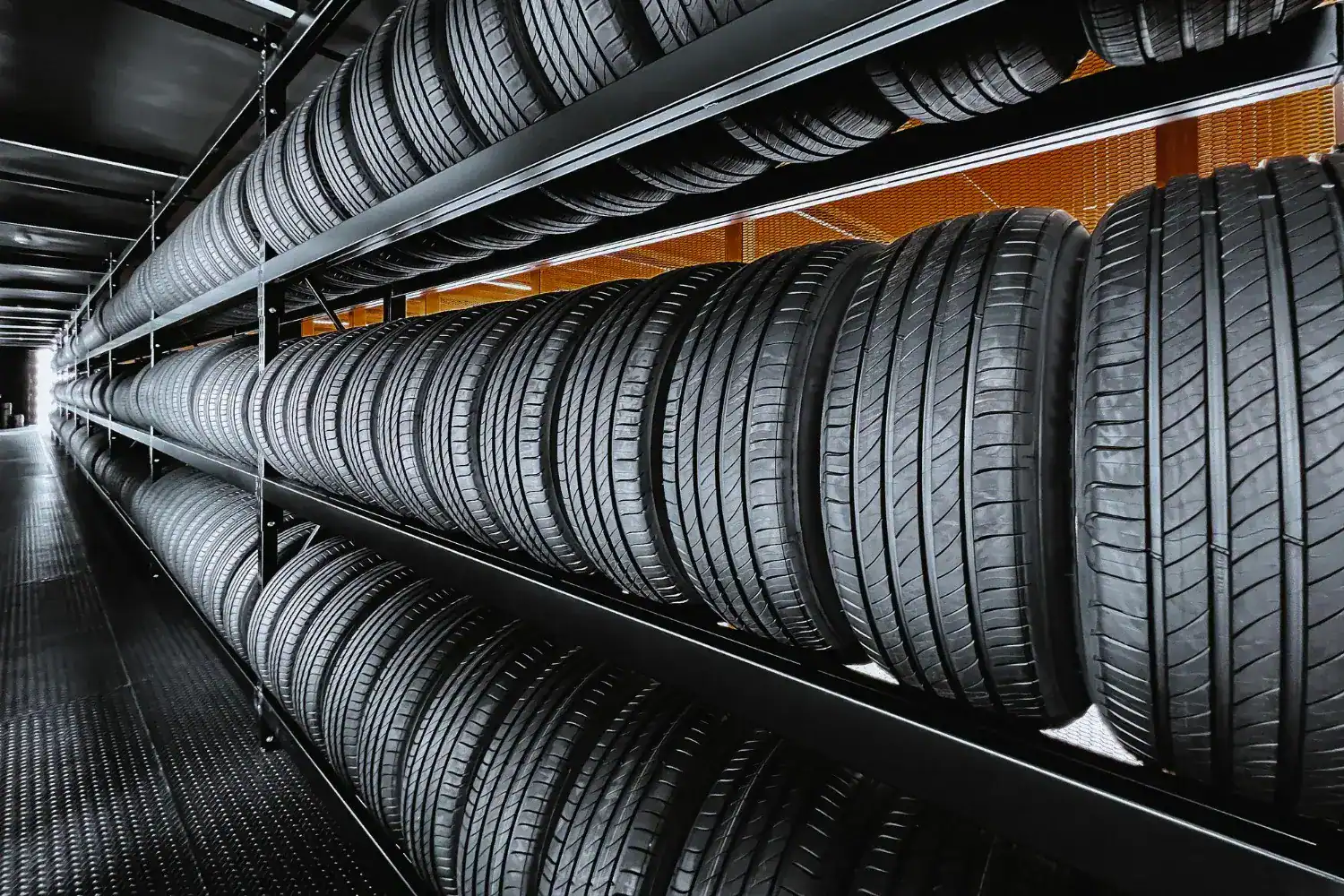
Michelin retools to open source Kubernetes saving time and money
Clermont-Ferrand, France-based Michelin, known worldwide for tires and other businesses, began its Kubernetes journey in 2018, and, like many companies, went through several iterations of its platform. But by the end of 2023, the container as a service platform team – tasked to deliver Kubernetes clusters to internal project groups – was ready to admit it was time to make a big change. At that point in time the company was three years into using a vendor-based solution to manage its Kubernetes clusters.
At the end of 2023, three events converged for Michelin and the team. First, the company had made a sweeping commitment to prioritize attracting and retaining IT talent, so the choice of “make vs. buy” was even more critical than before. Second, Michelin was also embracing open source, determined to be a best in class open source actor and eventually contributor. And finally, changes made by its Kubernetes vendor would have forced the team into a hosting strategy it wasn’t interested in and a cluster migration it didn’t want to pursue.
“At the end of the day we realized that everything that we needed to do was readily available, and possible with open source tools,” said Gabriel Quennesson, Michelin’s container as a service tech lead. “So we spent 2024 rebuilding our platform using open source software.”
This wasn’t an insignificant undertaking. Michelin operates 62 clusters in 42 different locations, representing 850 worker nodes. Fully 450 applications are deployed on the clusters which have roughly 36,000 pods.
Rebuilding
The team spent the first half of 2024 rebuilding the platform, recreating what it had available from the previous vendor, and was able to do a crossover in July. Clusters were upgraded to what they called internally MKS’s, or “Michelin Kubernetes services.” The second half of the year was spent basically upgrading versions of the platform so everything was running the latest versions.
The technology transition wasn’t difficult, Quennesson said. “Moving away from a vendor solution to an open source one, I think from a technology standpoint, we did not face any major issue,” he said. “It was easier to use the open source versions. We got access to the latest versions more rapidly and we didn’t have a long process for the vendors to validate everything.”
The team also felt it was well prepared for this work because it had had lots of practice in previous years trying to get the vendor’s Kubernetes solution to work with their internal systems. “We used to say, jokingly, that we have never produced as much code as when we started with [the vendor],” Quennesson said. “We still had to produce a lot of effort, a lot of cuts, so to speak. We still had to write the millions of lines of codes that we did, maybe not millions, but at least a couple of hundred thousand, just to make sure it worked in our environment. It still had to be done. So for us at least, it was a no brainer to switch over because we already did the work anyway. It was just savings for Michelin at the end of the day.”
The only challenge? On their own
Everything is easier, but the team acknowledges that *if* things go wrong they’re now on their own, which is really the only challenge they’ve had from pivoting to open source. “We were aware this would be a challenge,” Quennesson said. “But we have to accept that we’re responsible for what we deliver on a daily basis. And we also have to make sure we’re building a team where people are happy to work, where they’re willing to stay or willing to get into.”
Michelin joined CNCF in part to alleviate that sense of isolation, and also to become more visible in the open source world and contribute back to the community.
By the numbers
Platform costs
– 44%
Upgrade leadtime
– 85%
Kubernetes footprint
Doubled!
A surprise benefit
The team is saving Michelin time and money, but the unanticipated bonus of the switch to open source was significantly happier engineers. Because developers no longer have to file tickets and sit around waiting for a third party to resolve problems, they’re not wasting time, and they feel more ownership of the entire process, Quennesson said. “The platform team engagement is priceless,” agreed Arnaud Pons, platform architect.
Snapshot
- 132,500 employees end of 2023
- 6,000 in R&D
- 1.2B euros in innovation budget in 2023
- 86 tire production facilities
- Businesses: Tires + Connected solutions + Polymer composite solutions + Lifestyles